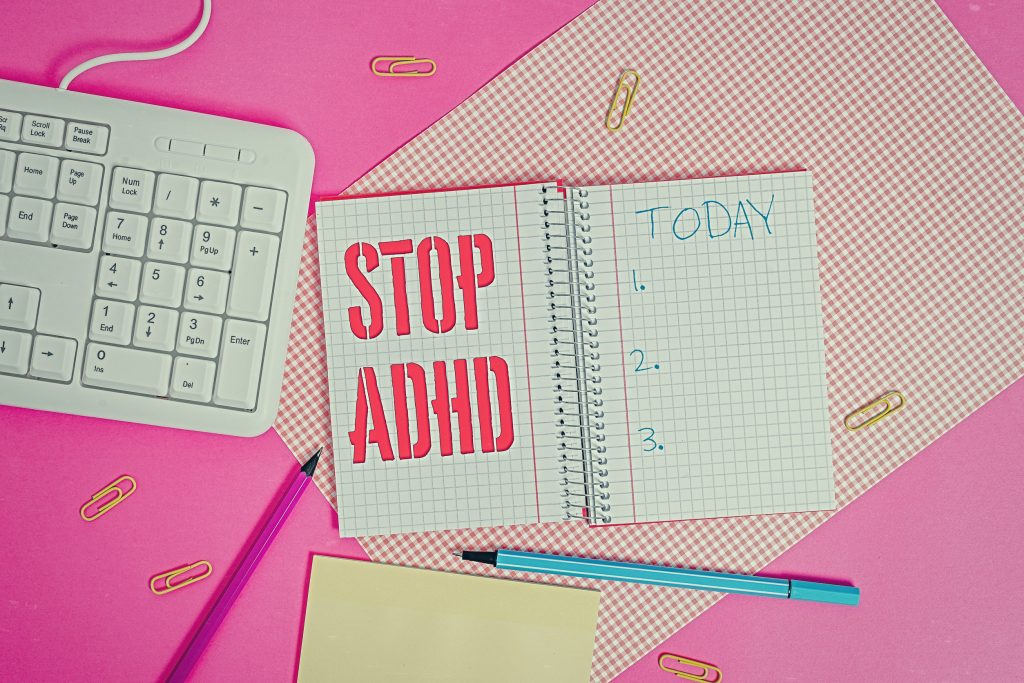
Attention-Deficit/Hyperactivity Disorder seems to be everywhere lately. Many people self-diagnose after seeing online content. Others seek formal diagnoses in increasing numbers. What is driving this apparent surge? Is ADHD truly becoming more common? Or are other factors at play? Several complex reasons contribute to this trend. Understanding them provides helpful context. Let’s explore why ADHD seems so prevalent now.
Increased Awareness and Reduced Stigma
Mental health conversations are more open today. This includes discussions about neurodevelopmental disorders. People now talk freely about ADHD. This wasn’t always the case. Increased awareness helps people recognize symptoms. They see behaviors in themselves or loved ones. Reduced stigma makes seeking help easier. People feel less shame admitting struggles. More awareness leads to more questions. This naturally results in more potential diagnoses.
The Influence of Social Media
Platforms like TikTok and Instagram play a huge role. Content creators share personal ADHD experiences. Viral videos list common ADHD traits. These posts raise awareness significantly. However, they can also oversimplify the condition. Short videos may lack crucial nuance. Viewers might relate to isolated symptoms. They may conclude they have ADHD. This happens without professional assessment. Social media fuels self-observation trends.
Overlapping Symptoms with Modern Life Stress
Modern life involves constant stimulation. We face information overload daily. Many people feel overwhelmed and distracted. Symptoms like poor focus are common. Forgetfulness and restlessness also occur. These issues overlap with ADHD symptoms. Stress, anxiety, and burnout mimic ADHD. The pandemic exacerbated these feelings for many. People might misinterpret stress as ADHD. Professional evaluation is key to differentiate.
Changes in Diagnostic Criteria and Access

Understanding of ADHD has evolved. Diagnostic criteria have been refined over time. This allows more accurate identification. It includes identifying ADHD in adults. Previously, it was seen mainly as a childhood disorder. Access to mental health services has also improved somewhat. Telehealth options increase accessibility. More people can now seek evaluation. This contributes to rising diagnosis rates. Better tools identify previously missed cases.
The Reality of Neurodiversity vs. Trends
The neurodiversity movement promotes acceptance. It views conditions like ADHD as natural variations. This positive framing encourages self-exploration. However, it’s vital to distinguish clinical diagnosis from traits. Having some ADHD-like symptoms is not the same. A formal diagnosis requires specific criteria. It involves impairment in multiple life areas. Relying solely on trends is risky. Professional assessment remains essential. It ensures proper support and treatment.
Potential for Overdiagnosis or Misdiagnosis
With rising awareness comes potential issues. Some experts worry about overdiagnosis. Quick evaluations might miss other underlying conditions. Anxiety or trauma can present similarly. Misdiagnosis can lead to incorrect treatment. It might prevent addressing the real issue. Thorough assessment by qualified professionals is crucial. This ensures accurate diagnosis. It leads to appropriate support strategies. Seeking formal help avoids pitfalls.
A Complex Picture
The apparent rise in ADHD is multifaceted. Increased awareness and reduced stigma are positive steps. Social media amplifies visibility but can mislead. Modern life stress creates overlapping symptoms. Evolving diagnostics identify more true cases. However, potential for misdiagnosis exists. Understanding these factors provides balance. It highlights the need for professional guidance. Self-awareness is good; self-diagnosis is risky.
What are your thoughts on the increased discussion around ADHD? How can we balance awareness with responsible diagnosis? Share your perspective in the comments.
Read more:
7 Dog Breeds That Are Surprisingly Great for ADHD
How to Master Impulse Control (Even If You Have ADHD)

Latrice is a dedicated professional with a rich background in social work, complemented by an Associate Degree in the field. Her journey has been uniquely shaped by the rewarding experience of being a stay-at-home mom to her two children, aged 13 and 5. This role has not only been a testament to her commitment to family but has also provided her with invaluable life lessons and insights.
As a mother, Latrice has embraced the opportunity to educate her children on essential life skills, with a special focus on financial literacy, the nuances of life, and the importance of inner peace.
